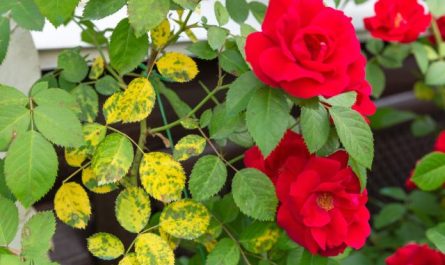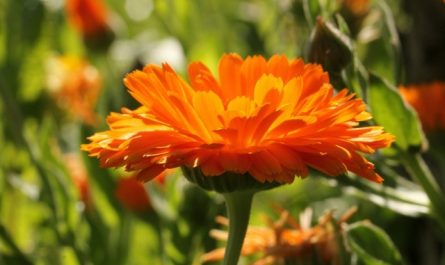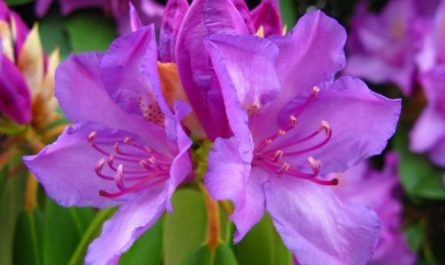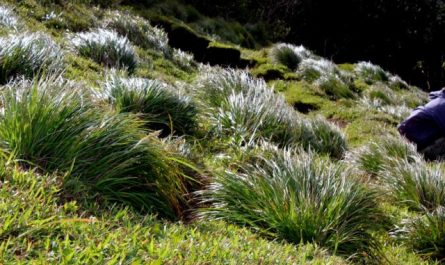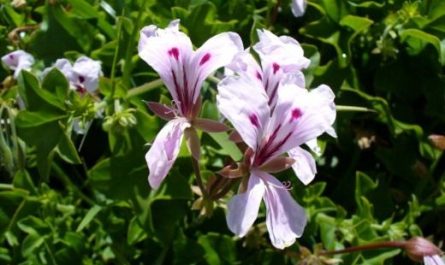About ten years ago, a not very pleasant story happened to me. However, thanks to these events, I got the opportunity to get to know one amazing plant better and literally experience its miraculous properties. Sophora japonica, which I want to talk about in this article, is not just a beautiful and unique tree in a number of ways, but also a plant whose medicinal properties can truly work miracles. Having cured my non-healing wound with the help of Sophora japonica, I decided to write an article later so that people with similar problems could get rid of them.

My story of healing with Japanese pagoda tree
On the eve of my own wedding, I slightly injured my ankle. The wound was not deep and healed and crusted over fairly quickly, so in the hustle and bustle I almost forgot about it. However, soon after the wedding, my husband and I went on a trip to the cities of Crimea, and here my wound suddenly reminded me of itself.
Perhaps the climate or frequent contact with salty sea water had affected the wound, but soon I noticed that the area around the sore had become red and swollen, the crust had come off and fluid had started to come out of the wound. I went to the local doctor, and they explained to me that fortunately it was not pus that was coming out of the wound, as I had initially thought, but lymph, which performs a cleansing function. As a treatment, they prescribed ointments and compresses with antibiotics, and dressings had to be done.
But despite the fact that I strictly followed all the doctors’ orders, there was no improvement, and soon the small scratch turned into a deeper, constantly weeping wound, the leg swelled and itched a lot. I don’t know how this whole sad situation would have ended if it weren’t for my husband’s aunt, with whom we stayed in Crimea. She suggested that I try one miraculous tincture. These were some pods infused with alcohol, the color of the potion was dark brown. My aunt explained that this was a tincture of Crimean pagoda tree pods, which is just effective in such cases.
As a plant lover, I noticed the Japanese pagoda tree immediately after arriving in Crimea. After all, these were very beautiful, slender trees with pinnate leaves. In a completely amazing way, you could simultaneously observe both flowering clusters and already formed pods on it. At that time, I had absolutely no time to go into botanical details and I decided for myself that this was some local variety of acacia. I could not even imagine that this was the very pagoda tree that would soon have to save me.
After I treated the wound with Sophora tincture for a day, the next day I saw positive dynamics for the first time in a long time. My non-healing weeping wound began to dry up and tighten literally before my eyes, and very soon I completely forgot about it, having completely healed. During my vacation, I also learned that in Crimea, not only local residents independently stock up on plant pods to make a medicinal tincture. It is available for sale in almost every pharmacy, and it is used instead of iodine. Therefore, just in case, I bought several bottles of the miracle drug to take them with me.
I would also like to note that perhaps the problem of poorly healing wounds in my case is related to my pre-diabetes, because after that incident, almost any, even small wound did not want to heal and began to ooze. But, fortunately, the tincture of sophora from the Crimean pharmacy helped me out a lot.

A decoction of Japanese pagoda tree is no less effective
But my small supplies ran out one day, my searches in the local pharmacies of our city were unsuccessful, and I again ended up with a surgeon. The prescribed medications did not help again, but I was lucky, and one of the pharmacies agreed to supply sophora pods to order. There was no time to make a tincture when help was urgently needed, and this time I used a decoction of the pods in the form of compresses. And again the wound healed amazingly quickly.
I tried to tell the surgeon about my experience, but he was skeptical about the information about some lotions. Although in reality it was this miraculous plant that helped me, not chemical drugs. By the way, after our raid on pharmacies with a question about the availability of medicinal raw materials, I began to notice Japanese pagoda tree pods on sale, that is, if there is demand, there will be supply.
I would also like to note that a little later I accidentally discovered another “elixir”, and again it was not a medicine, but a representative of the plant world. For wet, itchy, poorly healing wounds, juniper essential oil in its pure form helps me very well, which I apply to the wound several times a day. So it turns out that I really love plants, and plants save me.
Sophora japonica – botanical information
Sophora japonica (Sophora japonica), other names, Sophora Crimean, Japanese acacia, or Japanese weather – is a deciduous tree made of legume family, growing up to 20-25 meters in height. In summer, clusters of fragrant creamy-white flowers of the butterfly type (like peas, robinia and other legumes) bloom on the tree. The size of an individual flower is 1-1,5 centimeters.
This native of China and Korea blooms from June to July. After the flowers, spectacular seed pods appear in the form of swollen golden pods (beans) with constrictions 8-20 centimeters long, which remain on the tree for a long time.
Sophora japonica is a monoecious species, one tree has male and female flowers and is pollinated by insects. It is a spectacular slender tree with a wide, rounded crown and a fine texture with curved branches. The leaves are bright green, complex, lacy, pinnate, 15-25 centimeters long and consist of 7-17 small, alternating ovoid leaflets.
Like many trees of the legume family, sophora also has interesting bark. It is dark green and has small white inclusions, lines and deep wrinkles along the entire trunk. In Russia, the tree can only grow in the southern regions, since the minimum winter hardiness zone for this plant is 5, that is, frosts below -23 … -29 degrees will be fatal for it. Even if this is a short-term drop in temperature. If the wood can still withstand a harsh winter, then there is no talk of fruiting in the middle zone. In addition, trees need a lot of light and heat.
Today, Sophora japonica is purposefully cultivated as a medicinal plant and is used in urban landscaping in the south of Ukraine, Crimea, Uzbekistan, Tajikistan, Turkmenistan, Dagestan, Azerbaijan, Armenia and Georgia.

Useful properties of Japanese pagoda tree
Sophora japonica is a pharmacopoeial plant, the composition of which and its effect on the human body have been studied quite well. This species is also widely used in its homeland – in Chinese medicine it is considered one of the 50 most important medicinal plants.
In China and Japan, Sophora japonica is used as a diuretic, laxative, antipyretic and tonic, and also shows effectiveness in complex treatment of infertility. Almost all parts of this amazing tree have medicinal properties.
Sophora flowers are considered antibacterial, anti-cholesterolemic, anti-inflammatory, antispasmodic, and hemostatic. The buds, especially just before they bloom, are a rich source of rutin and have a pronounced hypotensive effect. The leaves are an effective laxative and are also used to treat epilepsy and seizures.
A decoction of the stems can be used for eye inflammation and various skin problems. The pods have an immunostimulating, hypoglycemic (for diabetes) and hepatoprotective effect. Externally, a tincture or decoction of the pods shows very high efficiency for deep, purulent wounds, burns, frostbite, cracks, trophic ulcers.
Mainly, Sophora japonica is used to treat circulatory disorders, hemorrhoids, hematuria, uterine bleeding, constipation, intestinal inflammation, dizziness, headache and hypertension, insomnia. However, it should be used with caution, because the raw material of Sophora is toxic and also has an abortive effect when taken orally during pregnancy.


Recipe for a healing tincture
The recipe for making a tincture of Japanese pagoda tree for external use for various skin lesions is very simple: the beans are collected when slightly unripe, when the “pods” are 9-10 centimeters long and 10-12 millimeters thick. You can buy ready-made raw materials at a pharmacy.
The beans are crushed and then filled with 60% alcohol in a 1:1 ratio. Sophora beans should be infused in alcohol for 10-12 days in a dark place, then strained and poured into a glass container.
In any case, before starting treatment with sophora, both as an internal and external remedy, you should consult a doctor and exclude individual intolerance. Be healthy!


